Toner Vs. Astringent : Difference, How To Use, & Tips To Follow
Learn to infuse two products into your daily skin care routine for a healthier, more vibrant complexion.
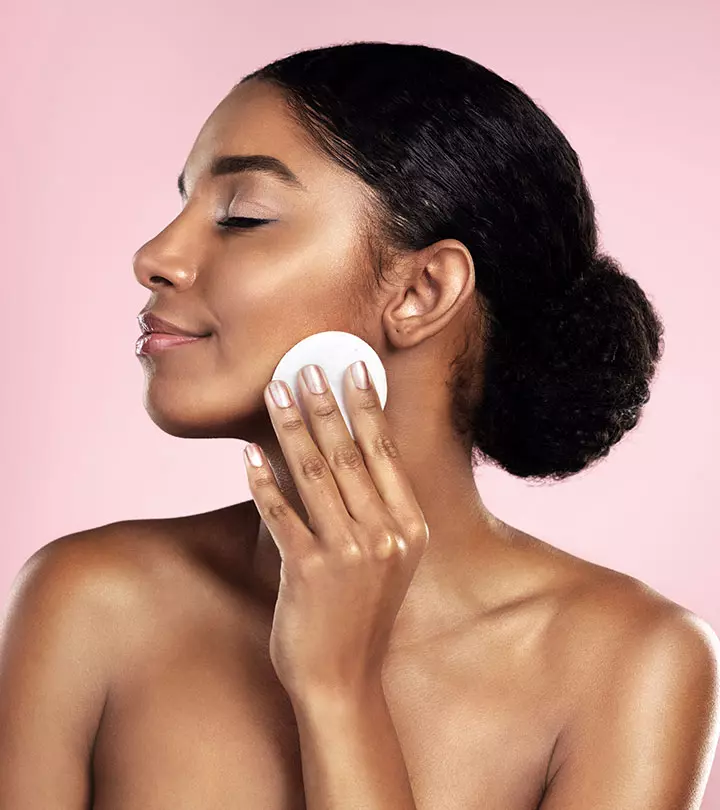
Image: Shutterstock
The toner vs. astringent debate never gets old, and most of us often find ourselves caught in it. It is a common misconception that an astringent and toner are the same. While they may help remove dirt, dead skin cells, and excess oil, their benefits vary. Knowing the differences can help you pick the right one for your skin type.
This article discusses the difference between an astringent and toner and explains which one suits which skin type. Keep reading!
In This Article
Toner Vs. Astringent
Both toners and astringents have liquid-based formulas and are applied after cleansing your skin to remove excess oil, dirt, and residues. However, their impact on the skin might be different. Let’s find out how.
Toner
A toner is a water-based solution applied after cleansing the skin. It is usually an additional cleansing step to remove traces of makeup, oil, and debris and balance your skin’s pH. A toner is crucial for better absorption of potent ingredients and preparing your skin for other skin care products. It is suitable for all skin types and can be used throughout the day to keep your skin looking fresh. The best part is that you can easily make homemade toners for oily skin or dry skin, depending on what your skin needs. All you need is the right ingredients and knowledge of the recipe, and you are good to go!
Rose water, cucumber juice, green tea, and chamomile tea are some examples of natural toners. They may also contain humectants like glycerin and hyaluronic acid, anti-aging ingredients like niacinamide, and herbal extracts. Toners can also help hydrate the skin when used regularly, making it softer and smoother (1).
Janice Cox, a blogger, shares the significance of astringents, toners, and skin fresheners in maintaining healthy skin. She writes, “One of my favorite and free skin toner and freshener is pure, ice cold water (i).” According to her, splashing ice-cold water on the face after cleansing will give one a glowing complexion.
Astringent
An astringent tightens pores and reduces oil production. It is usually alcohol-based and helps remove grease and dirt from the skin. Astringents may also contain salicylic acid, witch hazel, or citric acid. Witch hazel, apple cider vinegar, green tea, orange blossom water, calendula flowers, lemon, or mint, can be used to prepare homemade astringents.
If you have oily or acne-prone skin, astringents are for you. They are applied after cleansing as an additional degreasing procedure. Anecdotal evidence suggests that astringents exhibit antibacterial properties that help combat acne-causing germs.
Note: Astringents may cause redness and irritation if applied to dry or sensitive skin.
 Did You Know?
Did You Know?A toner or astringent can be used by anyone. However, the product you choose depends on your skin type.
Key Takeaways
- A major difference between a toner and an astringent is that toner is made from a water-based formula that removes remaining grime and dead cells from your skin, while an astringent is made from an alcohol-based solution which reduces oil production and tightens your pores.
- Toners such as aloe vera and rose water are used on dry and sensitive skin, while astringents such as witch hazel are used on oily and acne-prone skin.
- Both astringent and toner can be used after cleansing but should not be applied simultaneously.
- Ideally, do not use astringents more than once a day and when you are using a doctor-recommended anti-acne cream.
What Skin Types Can Use Them?
Astringents are effective for acne-prone, oily, and combination skin types. Using them on other skin types can lead to dryness, itching, and inflammation. Also, since astringents tend to be potent, it is important not to overuse them. Applying too much astringent on oily skin might cause dryness or excessive oil production.
On the other hand, toners are suitable for dry, normal, combination, and sensitive skin types. You can use mild toners up to twice a day.
The following table will give you a clear idea:
| Skin Type | What To Use | What Ingredients To Look For |
|---|---|---|
| Normal | Toner | Rose water |
| Sensitive | Toner | Chamomile, Aloe vera |
| Acne-Prone | Astringent | Witch hazel, Salicylic acid, and Glycolic acid |
| Oily | Astringent | Witch hazel and Green tea |
| Combination | Toner or Astringent | Aloe vera, Witch hazel, and Lactic acid |
| Dry | Toner | Hyaluronic acid, Glycerin, and Sodium lactate |
Note:
Pay attention to your skin type and condition. If you are new to toners or astringents, do a patch test. Always follow the usage instructions of your product for the best results.
Wondering how to use a toner or an astringent? Read the next section.
How To Use A Toner And Astringent
You can use both toners and astringents if you have oily skin, but they should not be used simultaneously. Instead, use the astringent in the morning and the toner at night. Whichever option you choose, you can apply them in the same way by following this procedure.
- Wash your face with a cleanser and pat it dry.
- Pour a little amount of astringent or toner on a cotton ball or on the palm of your hand.
- Softly dab the toner or astringent onto the skin in a circular motion. Avoid contact with the eyes, and apply more in oily areas, such as the T-zone and chin. Since these are supposed to stay on your skin, you don’t have to rinse them off.
- Apply anti-acne treatments, topical creams, sunscreen, under-eye gels, or serums only after the toner or astringent have completely absorbed into your skin.
Note:
If you experience a stinging or burning sensation on your face while using an astringent or a toner, stop using it right away. It is common to experience some tingling and tightening but not burning. Always do an allergy test 24 hours before using any new product.
 Quick Tip
Quick TipScroll down for some expert tips about applying toners and astringents for best results.
Pro Tips For Using Toners And Astringents
- Do not use an astringent if you are using a physician-recommended anti-acne cream. A gentle face toner with green tea, chamomile extracts, or calendula is preferred. Knowing what face toner for skin is suitable and how to apply it is crucial to getting maximum benefits.
- Astringents usually contain alcohol, which can induce a tingling sensation. Use a toner or an alcohol-free astringent instead if your skin gets irritated or dry.
- Do not use astringents more than once a day.
- Toners with alcohol and astringent ingredients like witch hazel and apple cider vinegar might dry out your skin. Therefore, read the ingredients before choosing an ideal product for your skin.
- Add toner to a spray bottle and mist it onto your face throughout the day for a refreshing burst of hydration, especially in dry or air-conditioned environments.
- When applying toner or astringent, gently pat them onto your skin instead of rubbing to maximize absorption.
- Even if your toner feels hydrating, always follow up with a suitable moisturizer to maintain healthy skin.
- Before using a new toner or astringent, perform a patch test to check for allergic reactions or irritation.
While both toners and astringents are liquid cleansers used to remove dirt and dead skin, toners are water-based cleansers and astringents are alcohol-based cleansers. It is important to understand your skin type before incorporating a toner or astringent into your skincare routine. Astringents are best suited for oily, acne-prone, and combination skin, while toners are suitable for all skin types. Conduct a patch test before you use any product to avoid allergic reactions. If you experience any burning sensation, stop using it immediately and consult your doctor for further treatment.
Frequently Asked Questions
Is witch hazel toner or an astringent?
Witch hazel is a gentle astringent commonly used to tone and soothe irritated and inflamed skin. It is best suited for oily and acne-prone skin.
Should I use an astringent every day?
Yes, you can use an astringent once daily in the morning after cleansing for clear and healthy skin.
Can astringent make acne worse?
Yes, overuse of alcohol-based astringents may further aggravate your acne. Ensure that you only use it once a day. You can also consult a dermatologist for further advice.
Learn the difference between a toner and an astringent from the video below. Understand the unique benefits that each offers as well as application techniques for your skincare routine. Also find insights for choosing the right product for your skin.
Personal Experience: Source
StyleCraze's articles are interwoven with authentic personal narratives that provide depth and resonance to our content. Below are the sources of the personal accounts referenced in this article.
(i) Astringents, Toners and Skin Freshenershttps://janicecox.wordpress.com/2017/01/11/astringents-toners-and-skin-fresheners/
References
Articles on StyleCraze are backed by verified information from peer-reviewed and academic research papers, reputed organizations, research institutions, and medical associations to ensure accuracy and relevance. Read our editorial policy to learn more.
- Comparison of skin hydration in combination and single use of common moisturizers (cream, toner and spray water)
https://pubmed.ncbi.nlm.nih.gov/29394018/
Read full bio of Dr. Manasi Shirolikar
Read full bio of Monomita Chakraborty
Read full bio of Eshna Das
Read full bio of Swathi E








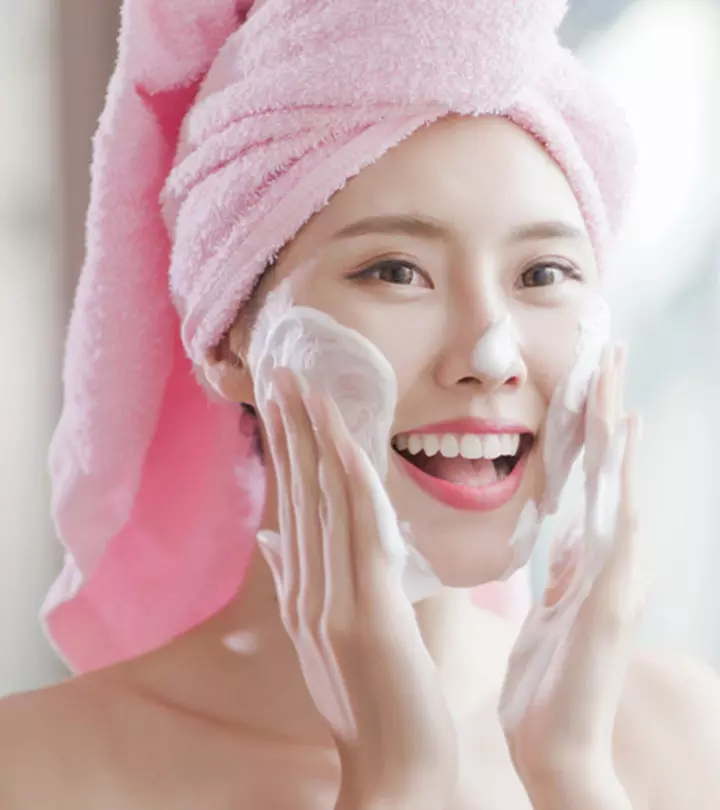


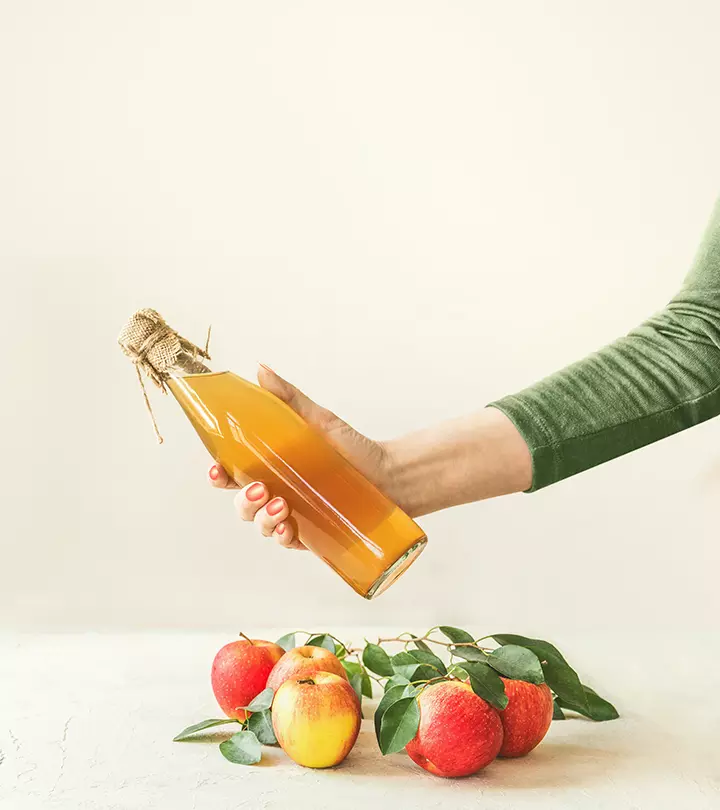
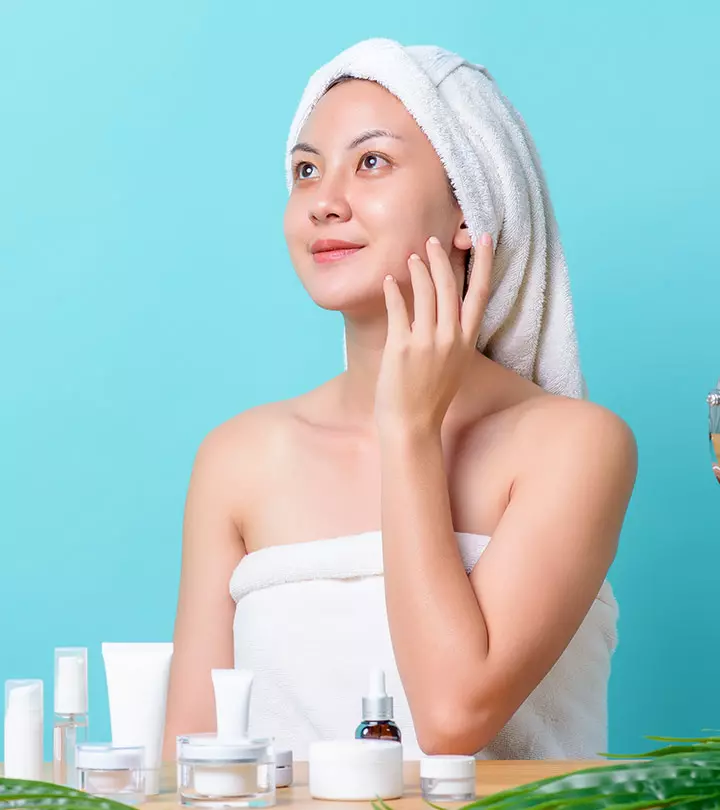

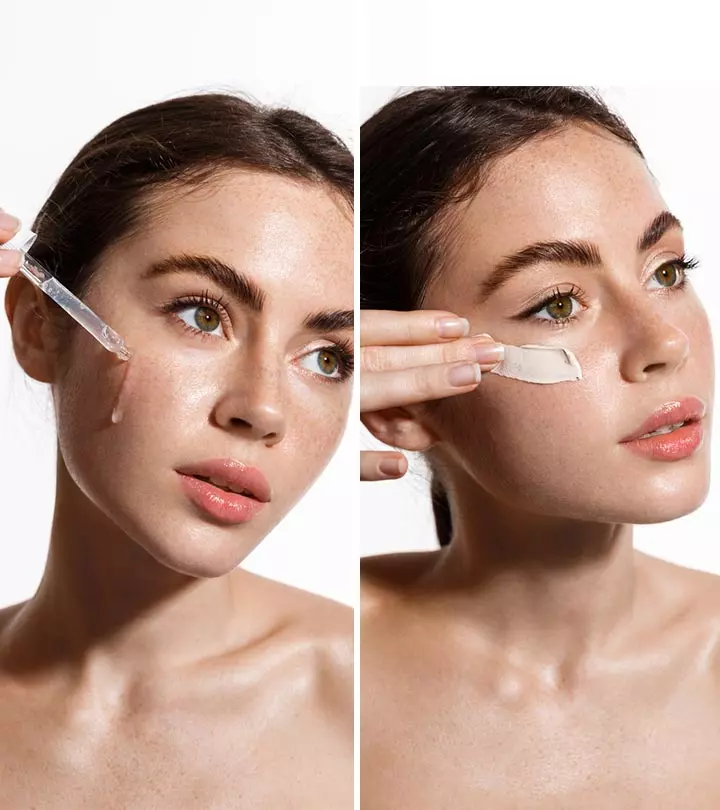
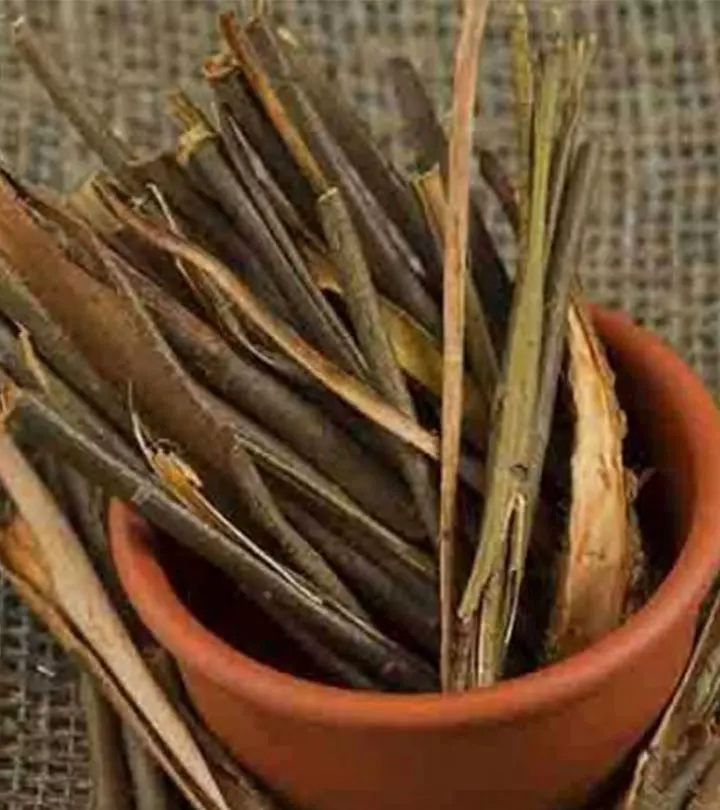
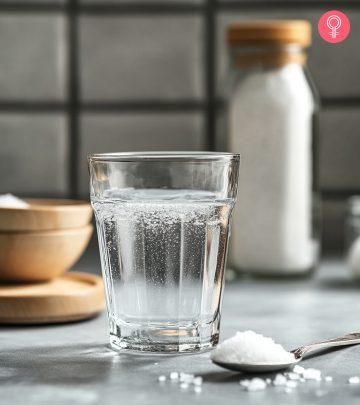

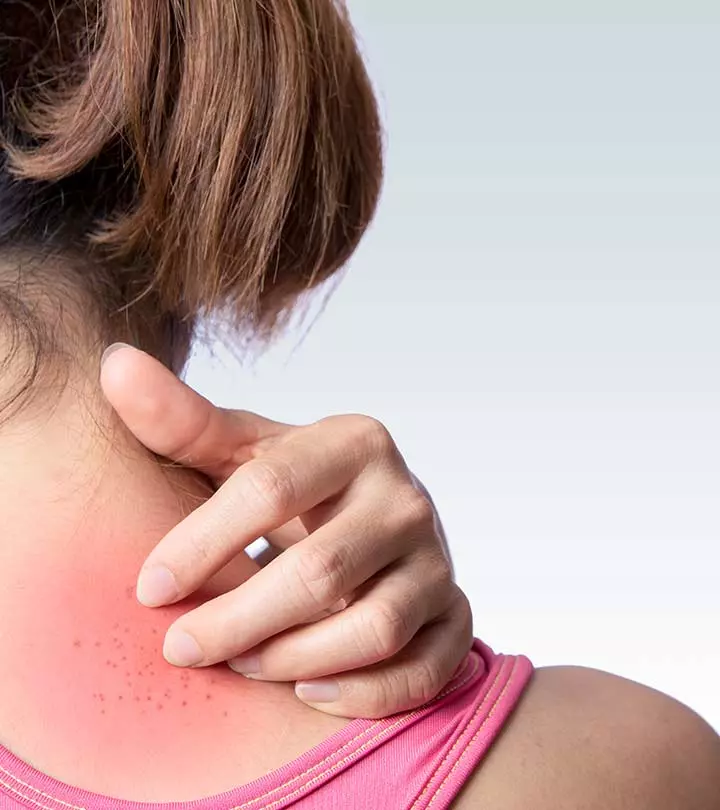
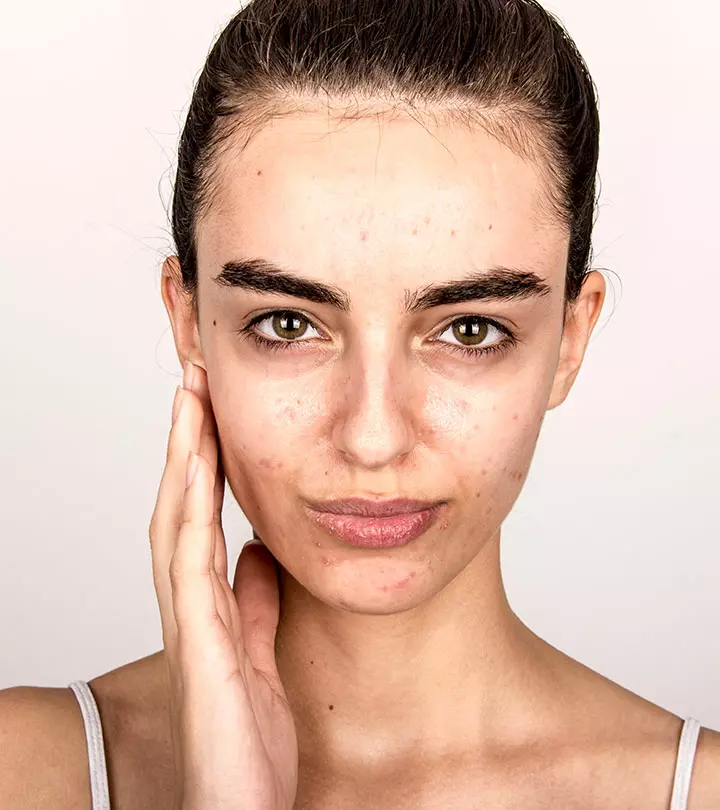
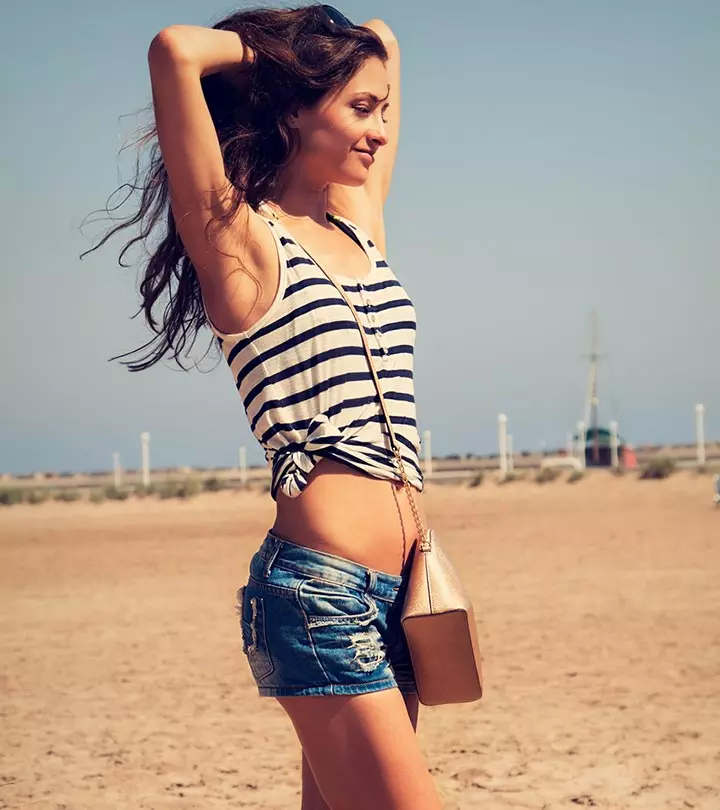
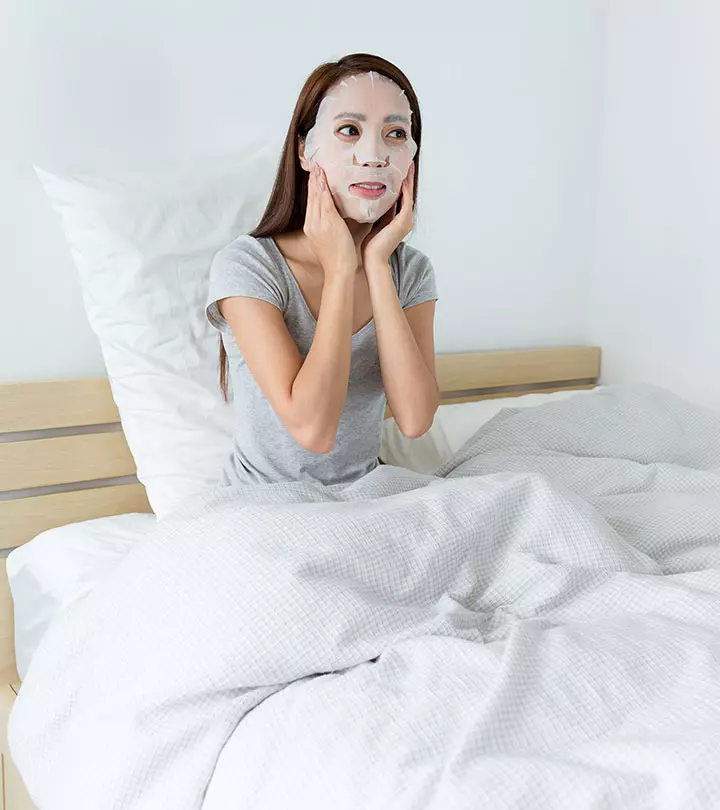

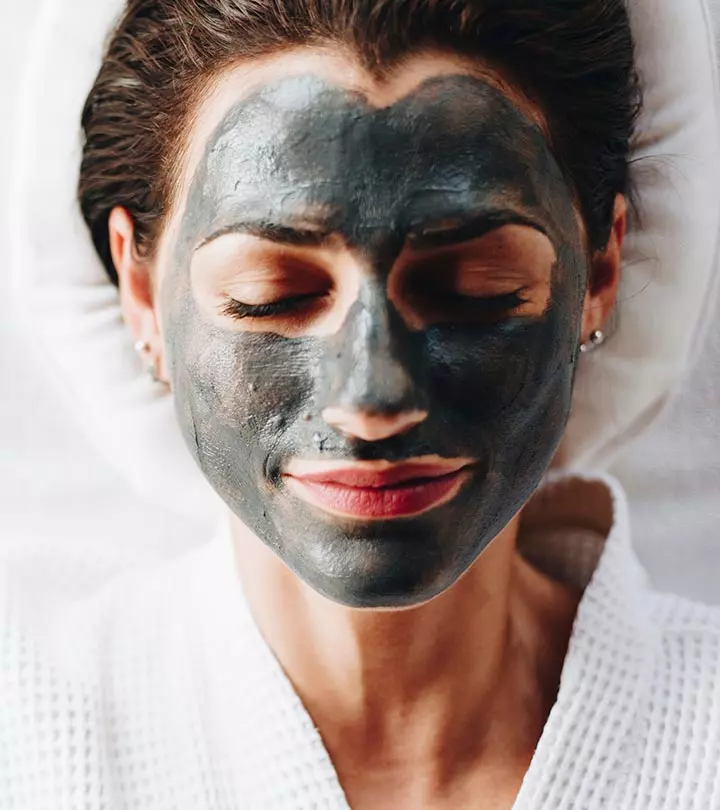


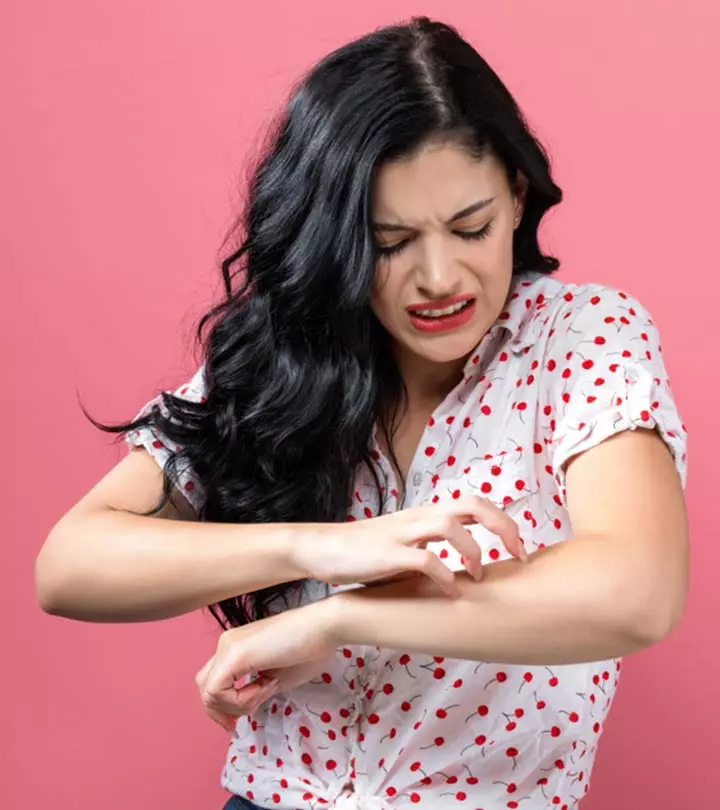

Community Experiences
Join the conversation and become a part of our empowering community! Share your stories, experiences, and insights to connect with other beauty, lifestyle, and health enthusiasts.